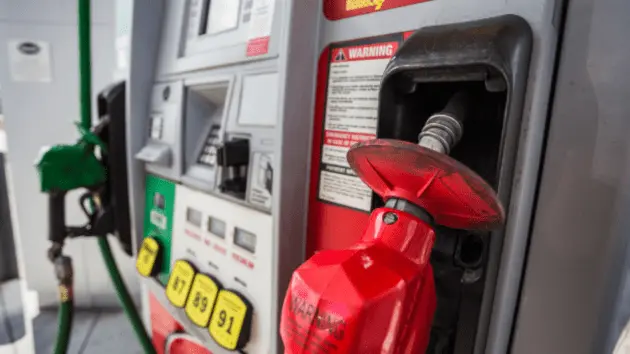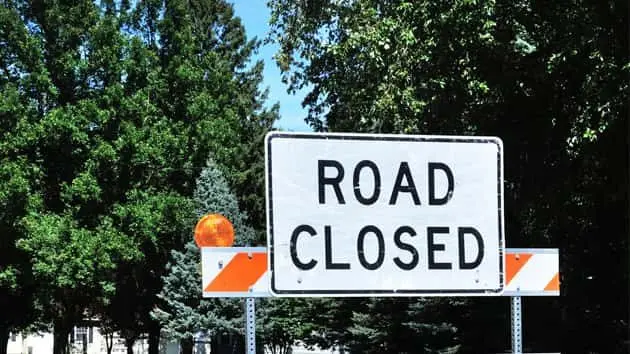If conditions are favorable on Tuesday, May 20, the Deschutes National Forest plans to conduct prescribed burn operations 15 miles southeast of Bend on the east side of Forest Service Road (FSR) 18 just south of the junction with FSR 18 and FSR 25 and approximately a half mile east of the Camp II Trailhead. Firefighters are planning up to 422 acres of ignitions on the Opine 5D Prescribed Burn.
Ignitions are slated to begin around 10 a.m. Portions of Trail #40 and #50 will be temporarily closed due to operations. While no arterial roads will be closed, numerous three-digit routes will be temporarily closed for safety.
Overnight smoke impacts are likely in the area around the Camp II Trailhead and Road 2510 Staging Area. Residents in the Pine Mountain area are encouraged to keep doors and windows closed to minimize smoke impacts. Smoke impacts are most likely overnight and in early morning hours.
Firefighters implement understory prescribed burning to reduce wildfire risk to communities. Prescribed burning reintroduces and maintains fire within our fire-dependent ecosystem by removing concentrations of vegetation and restoring forest health while increasing public and firefighter safety.
Fire management officials work with Oregon Department of Forestry smoke specialists to plan prescribed burns. Prescribed burns are conducted when weather is most likely to move smoke up and away from our communities. While prescribed fire managers take significant preventive measures, it’s likely that communities may experience some smoke during or immediately after a prescribed burn.
What does this mean for you?
During prescribed burns, smoke may settle in low-lying areas overnight and in the early morning hours.
- All residents are encouraged to close doors and windows at night to avoid smoke impacts.
- If available, use a portable air cleaner. Air cleaners work best running with doors and windows closed. You can also create a DIY air cleaner.
- If you have a central air system, use it to filter air. Use high-efficiency filters if possible.
- When driving in smoky areas, drivers should slow down, turn on headlights and turn air to recirculating.
- If you have heart or lung disease, asthma, or other chronic conditions, pay attention to how you feel and if symptoms of heart or lung disease worsen, consider contacting your health care professional.
- Go to centraloregonfire.org to learn more about smoke safety and prescribed burning in Central Oregon and visit When Smoke is in the Air for more smoke preparedness resources.
For more information on prescribed burning in Central Oregon, visit centraloregonfire.org/ and for information specific to the Deschutes National Forest visit fs.usda.gov/r06/deschutes. Follow us on X/Twitter @CentralORFire. Text “COFIRE” to 888-777 to receive wildfire and prescribed fire text alerts.
-USFS-






